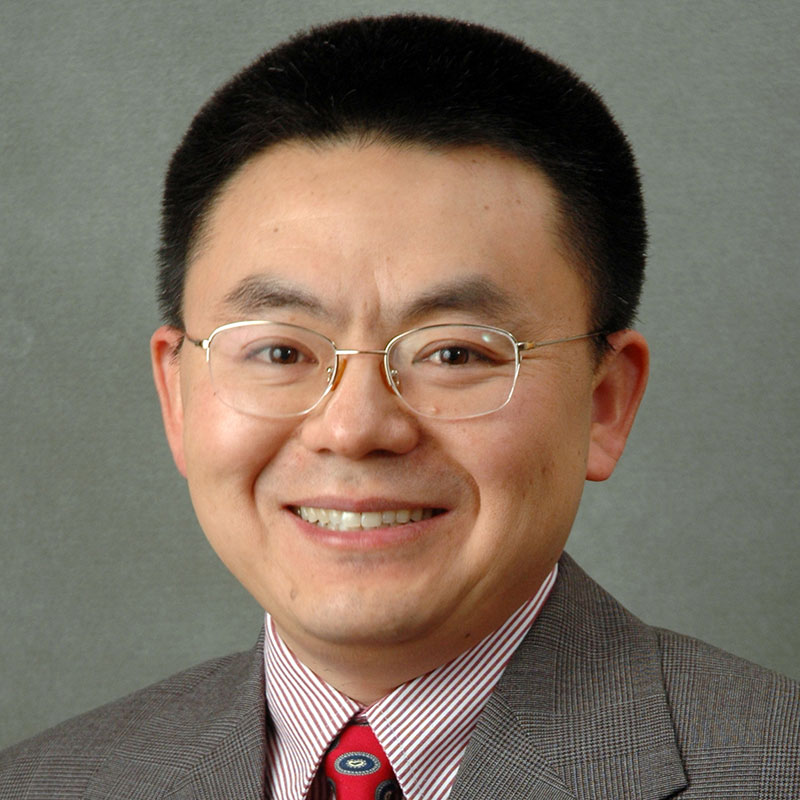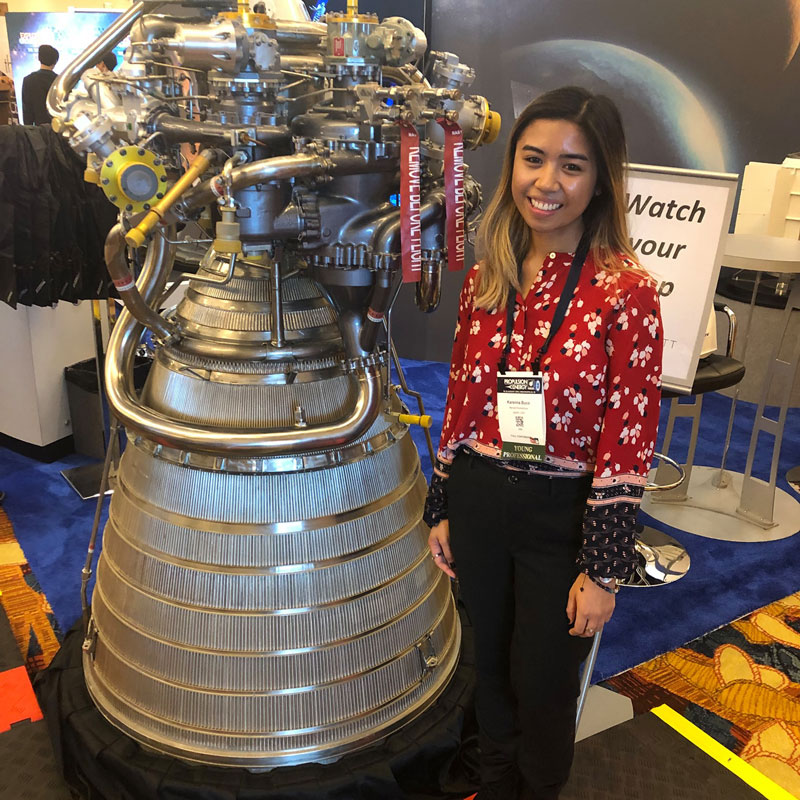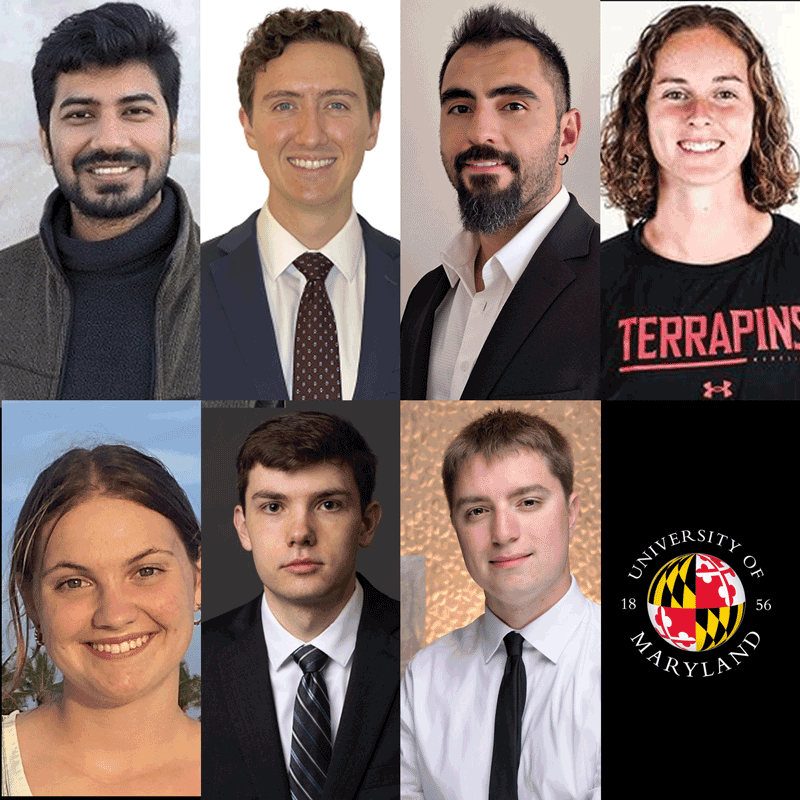News Story
Supercomputer Gets a Name
The next big leap in advanced computing technology just got a new name.
The Clark School has revealed that the winning entry for its Supercomputer Naming Contest is "ParaLeap," submitted by Jaryd Malbin, a 21-year-old student from Westport, Conn., attending Franklin and Marshall College in Lancaster, Pa.
The Clark School launched the contest in June in conjunction with an announcement of the creation of a new desktop supercomputing prototype developed by Computer Engineering Professor Uzi Vishkin.
Capable of computing speeds 100 times faster than current desktops, Vishkin's technology is based on parallel processing on a single chip, which allows the computer's processors to work together, makes programming practical and simple for software developers and could launch a new era of general use, desktop supercomputing.
The announcement was picked up by hundreds of media outlets, resulting in news stories translated into more than 40 different languages. The naming contest attracted nearly 6,000 entries.
Vishkin reviewed the list of submitted names and picked a winner without having seen any of the biographical information included with the entries to ensure a fair and anonymous selection process. After carefully combing through the entries, Vishkin felt that Malbin's "ParaLeap" was the best name for his new prototype.
"I saw a double meaning in the name ParaLeap," said Vishkin. "First, the name refers to a leap forward for desktop computing using parallel computing technology. Second, the name implies a substitute for the real leap, which is yet to come, when the full-power computer based on the current prototype will be used and widely deployed."
Malbin learned about the Supercomputer Naming Contest last summer while reading the technology news website slashdot.org.
"I knew it was important to create a name that reflected the nature of the technology as well as the implications of the innovation," explained Malbin.
Malbin, an English major and religious studies minor, has been interested in computing technology from a very early age. Throughout high school, Malbin operated his own small freelance computer consulting company. For the past two summers, he worked for an IT company based out of Mamaroneck, N.Y.
"I definitely believe that computing and computer technology will play a role in my future career," said Malbin. "I attend Franklin and Marshall College, a liberal arts college that emphasizes the importance of a broad education. Though I am majoring in English, I also study a variety of subjects that work together to really expand the breadth of my knowledge."
In addition to the distinction of having named the new desktop supercomputer prototype, Malbin will receive a $500 cash prize for sending in the winning entry.
"My family and friends have been impressed and excited for me that my submission was chosen for the name of this technology, and my grandparents have insisted that I put it on my resume," said Malbin.
Vishkin, who recently received an Innovator of the Year Award from the Maryland Daily Record, is currently sharing his technology with high school students at Montgomery Blair High School in Silver Spring, Md., Thomas Jefferson High School in Alexandria, Va., and Walter Johnson High School in Bethesda, Md., to demonstrate the supercomputer prototype's ease of use. He has also introduced a new course at the University of Maryland open to undergraduate honor students of any major.
Funded by the National Science Foundation and the Department of Defense, Vishkin's research has received significant interest from the computer industry, which he believes his innovative parallel processing model will revitalize.
In future devices, Vishkin's technology could include 1,000 processors on a chip the size of a finger nail. More information about Vishkin's new desktop supercomputer prototype can be found at www.ece.umd.edu.
View the full press release online.
Published November 28, 2007









